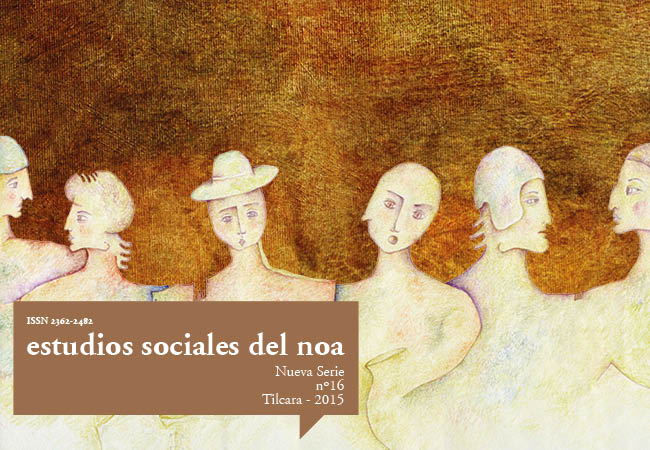Late Formative Pottery at the Quebrada del Toro (Salta): A Review of the Ceramic Contexts of the Pascha Site
Abstract
In this paper, we present the results of a techno-stylistic analysis of ceramic material from nine architectural structures of Pascha, in Quebrada de Incamayo (departamento Rosario de Lerma, Salta). The site was excavated by Ana María Fernández in the 1970s, who placed it tentatively within the Late Formative period (400-1000 AD) based on ceramic evidence and architectural features. On this occasion, we have carried out a macroscopic analysis of the pottery sets according to manufacturing variables, such as surface treatment, firing atmosphere, ceramic pieces morphology, design aspects, and the presence of traces of use. The morphological and stylistic repertoire documented for the site allows us to link it, despite some differences, with those observed in other Late Formative contexts like Tres Cruces I or the cerro La Aguada. Moreover, the presence of pottery assignable to the Candelaria phase III type from southern Selvas Occidentales and San Pedro Inciso and Rojo Grabado types from Atacama, Chile, reveal the same interactions with macro-regional scale suggested for contemporary sites in the region.Downloads
Authors who publish in this journal accept the following conditions:
- The authors or translators retain the copyright and assign to the journal the right of first publication, with the work registered under the Creative Commons Attribution-NonCommercial-ShareAlike 4.0 International, which allows third parties to use what published as long as they mention the authorship of the work and the first publication in this journal.
- Authors may enter into other independent and additional contractual agreements for the non-exclusive distribution of the version of the article published in ESNOA (eg, include it in an institutional repository or publish it in a book) as long as they clearly indicate that the work was first published in this journal.












